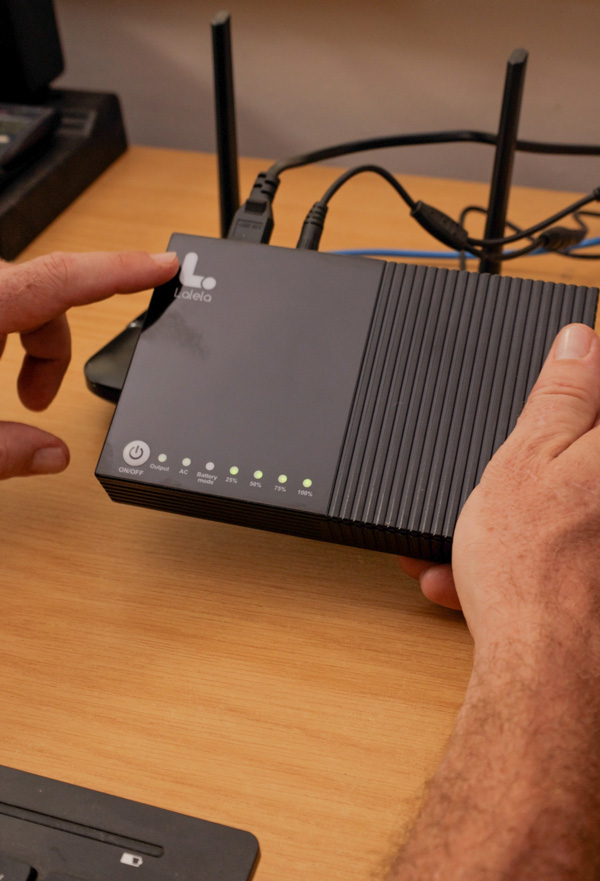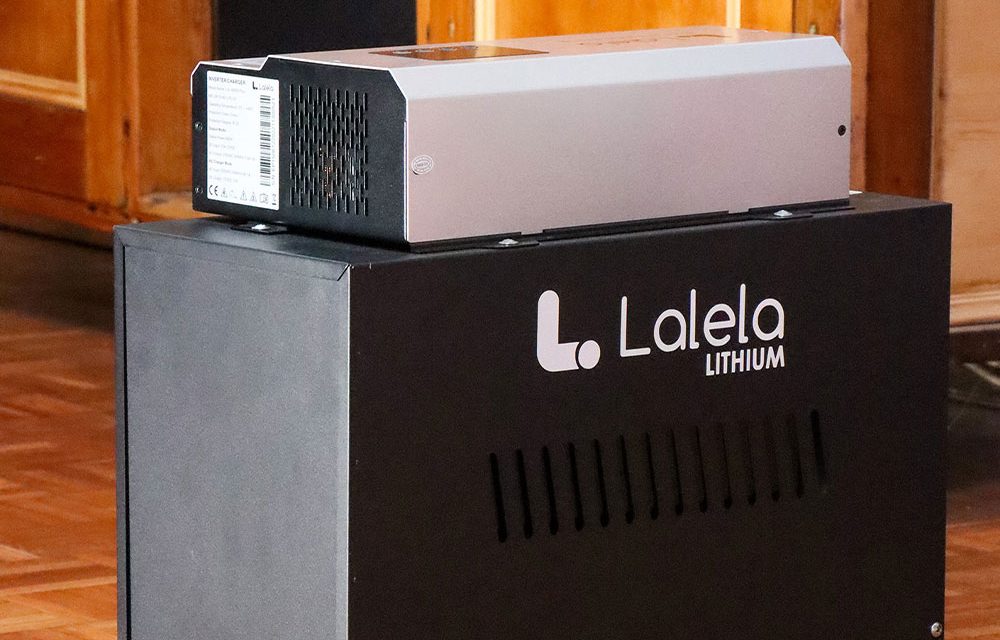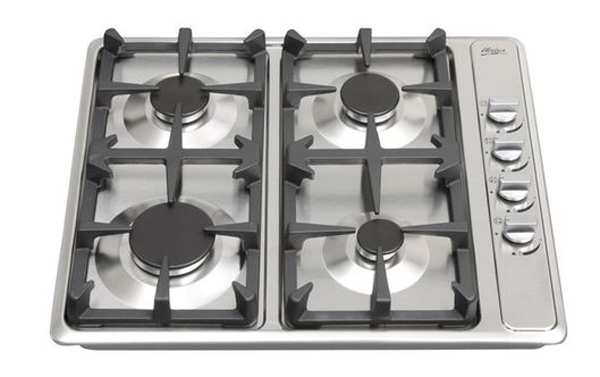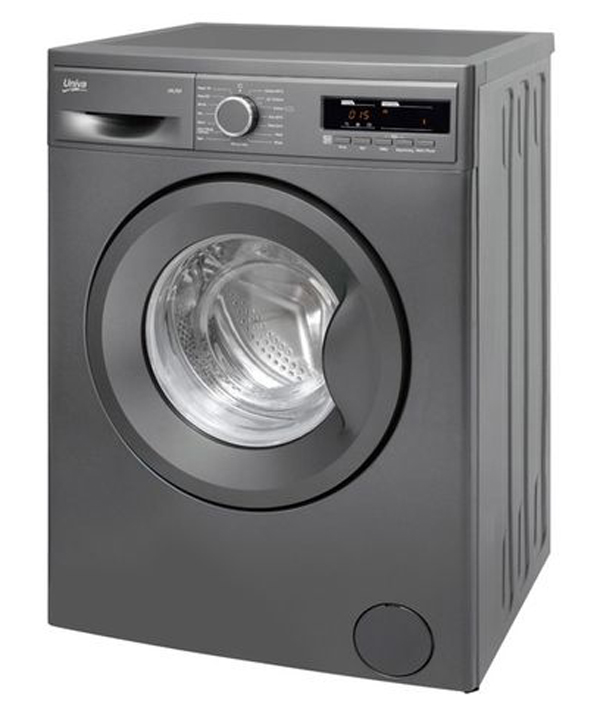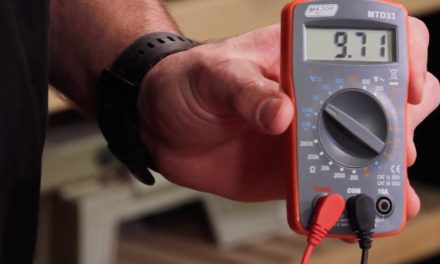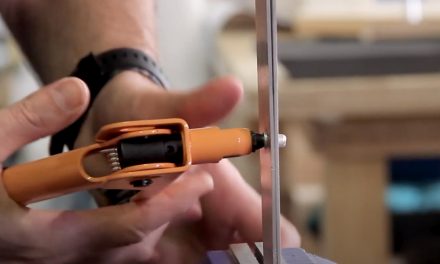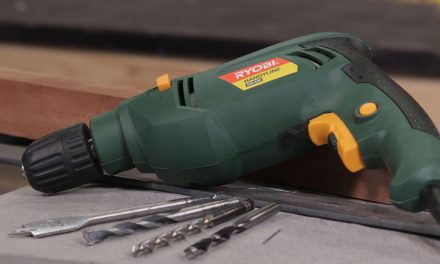It’s possible to make changes to your home that will reduce the way loadshedding affects you, as well as your load on the grid.
It’s no secret that South Africa’s current electricity supply simply can’t handle demand, but instead of simply accepting it and living with it, there are a number of things that every one of us can do to help ourselves and the country as a whole.
Understanding consumption
It’s important that we understand how energy is measured and consumed so that we know what uses the most electricity and what energy solution is needed to power it.
Here goes:
Electricity is calculated in watt hours. For example, a kettle might be 2000W, which means that if you run the kettle for an hour, it will consume 2000W of electricity. A modern fridge, on the other hand, might be rated at 100W to 400W, so it uses far less electricity than the little kettle.
Another example is with light globes: a regular, old-fashioned incandescent light globe would probably be rated at 60W or 100W, while a modern LED globe is rated at between 3W and 9W, so uses between 5% and 11% of the energy every hour!
Once we understand this, we can make more informed choices about buying electrical items and powering them, both during loadshedding and during ‘normal’ electrical supply.
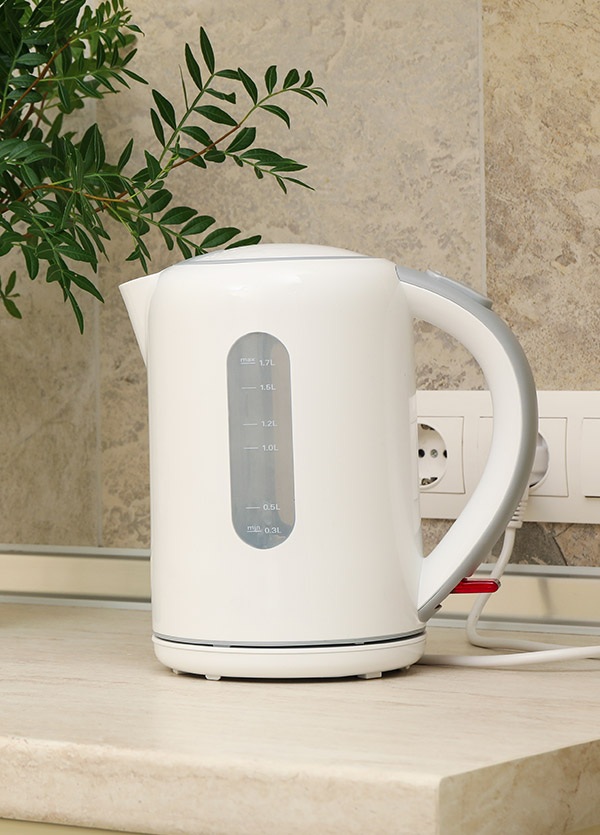
Reducing consumption
IReducing your electrical consumption is important for a few reasons: it helps Eskom cope, it’s environmentally friendly, it’s cheaper and it means that an alternate electrical supply (such as a UPS or inverter) can cope with your energy demands. The way to do this is to look at the watt/hour rating of every appliance you buy – no matter how big or small – and buy the most energy efficient appliance that will get the job done to your satisfaction.
Cooking
Heating things uses lots of electricity, so your kettle, stove and oven are power-hungry appliances. A trendy, very power-efficient alternative to the oven is an air fryer such as the Philips HD9260/91 Essential XL Air Fryer or Milex MSA002 5.6 L Premium Air Fryer. Because they’re smaller, they heat up and cook quickly and their energy rating is lower overall, too.
Then there’s LPG gas – a gas hob like the Univa 4-burner Gas Hob or a stove such as the Zero 5-plate Gas Stove is far more energy efficient than an electrical one, saving you money and time. They obviously work during loadshedding too and they’re often favoured by professional chefs because they are easy to regulate when cooking. Great choices are the stove-top kettle or coffee maker and you’re sorted for warm beverages too.
Cleaning
Some of the bigger users of electricity are your washing machine, dishwasher and tumble dryer, but there are some tips we can give you to reduce your energy consumption. First up, if you’re shopping for a new appliance, check the energy rating – they are rated from G (bad) to A+++ (the pinnacle of efficiency) and buy accordingly.
With washing machines, front loaders are generally more energy efficient than top loaders. Also, a hot wash uses far more energy than a cold wash and usually isn’t necessary.
Energy consumption of a washing machine ranges from 400 W to 1300 W, while dishwashers use between 500 W and 1400 W, with the average dishwasher using in the region of 800 W. Tumble dryers are energy hungry appliances, using more energy than any other household cleaning appliance, anywhere between 1800 W and 5000 W!
Some energy efficient models to look at include the Bosch 8 kg Front Loader washing machine, the 7 kg Univa Front Loader washing machine – both rated at A+++ and the A++ rated Defy Inox 15-place setting dishwasher.
Cooling
Fridges are vital and modern ones are surprisingly energy efficient – they use between 100 W and 400 W. Remember, though, that these are appliances run 24/7 (well, when there’s electricity), so make an informed decision when buying one. Don’t buy a bigger fridge than you need and check the energy rating. A few efficient fridges are the A rated Defy 350 L Metallic Combi Fridge Freezer, the A+ rated Samsung 647 L Metallic Side-by-Side Fridge Freezer and the A+ rated AEG 355 L Silver Upright Fridge.
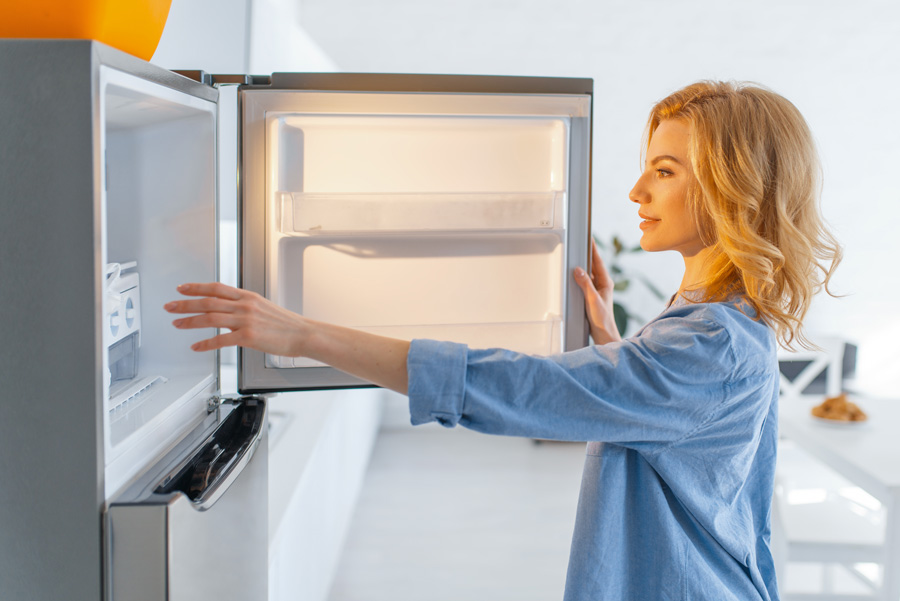
Lighting
LED lights have been a massive breakthrough and they are the first thing you should introduce into your home in an effort to lower electricity usage – they are affordable, effective and you can replace incandescent bulbs a room at a time.
As an indicator of how much more efficient LEDs are, a normal LED globe will be rated at 6 W as opposed to an incandescent globe of 60 W – that means one incandescent globe will use the same amount of energy as 10 LEDs! There are LED globes from all the major manufacturers, such as Eurolux, Philips, Light Worx, Osram and more.
There are also rechargeable LED globes that fit into any light fitting and can light up a room even when there’s no power.
Another option is emergency LED lamps that you leave plugged in to the power supply. As soon as the electricity goes off, these lamps switch on to give you light. They are also portable and great for camping. There are loads of options, but check out Eurolux FS206 Rechargeable Emergency LED Light and the various Magneto options. The Magneto Solar Home Lighting System even has a solar panel built in, and can be used as a power bank to charge phones!
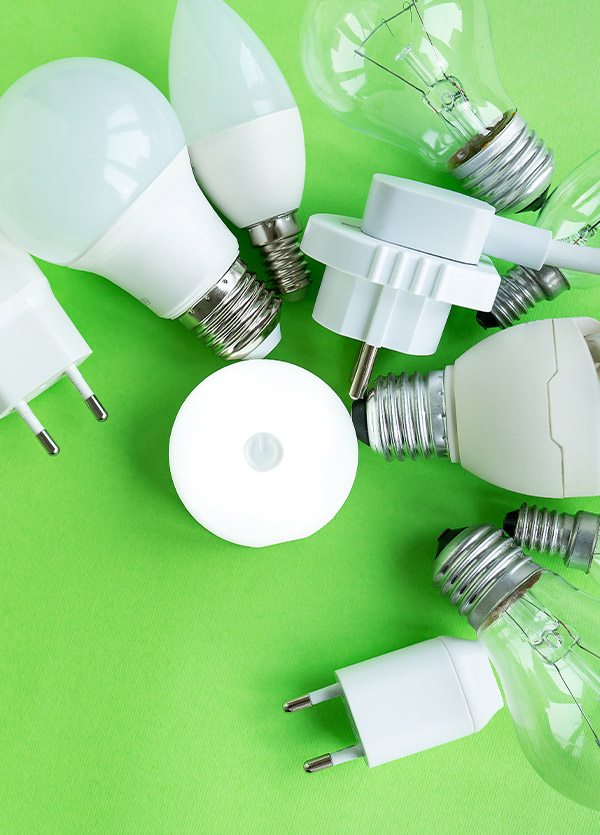
Charging
Power banks are another vital piece in the loadshedding arsenal – they’re cheap and effective, allowing you to charge your phone or device during loadshedding or just extend the device’s runtime. They come in different sizes, so make sure you compare like-to-like when shopping. Start with an affordable option like the Volkano 5000 mAh Nano Powerbank, perfect for recharging your phone on the go, or the Volkano 20000 mAh Omega Powerbank which is still well-priced and gives four times as much power.
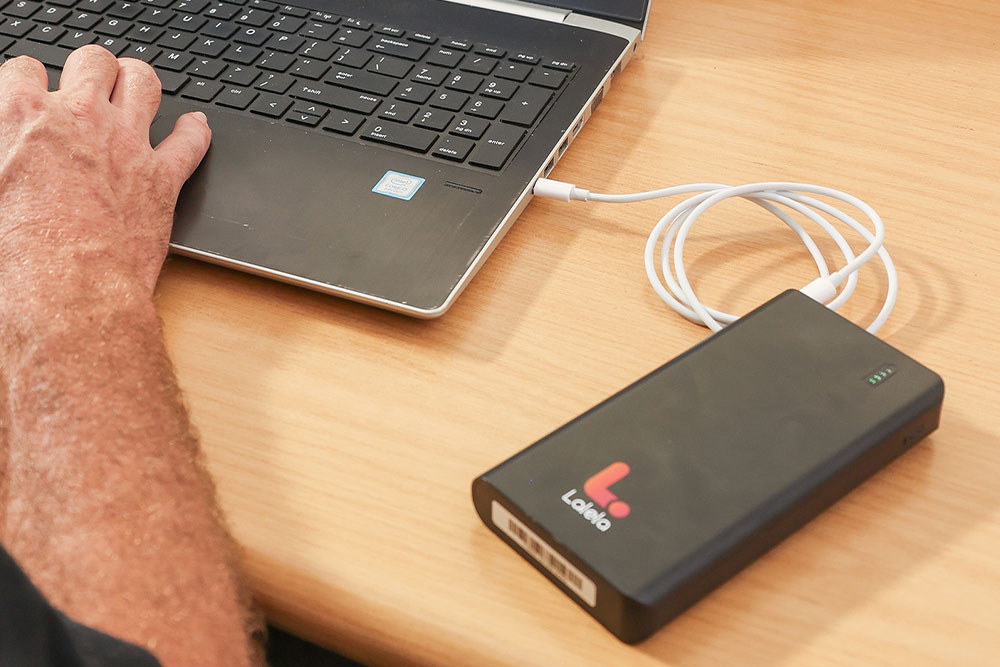
Entertaining
Wouldn’t it be nice to be able to watch Netflix during loadshedding, on your TV and without using mobile data? That’s easy!
An LED TV is the most energy efficient type, using approximately 50 W to 100 W (not much more than a light globe!), so they can be powered by a small UPS or inverter.
There are also very clever Wi-Fi UPS devices around, which are like big powerbanks with charging cables for your fibre modem and Wi-Fi router. They charge when there’s electricity and then supply your devices with power during loadshedding, so that you never have to be without that all-important Wi-Fi. There are a number of these available, including the Vizia Mini DC Wi-Fi UPS and Titan Elecstor 24000 mAh 75 Wh Mini UPS.
There are also big power banks designed to recharge your laptop like the Lalela GW17500C Universal Laptop Power Bank, or you can go for a power station like the 150 W Ellies Lifelynk Cube Mega Portable Inverter.
Remember, everything you need to prepare for loadshedding, as well as household appliances, is available from Builders, both in-store and inline at builders.co.za.
